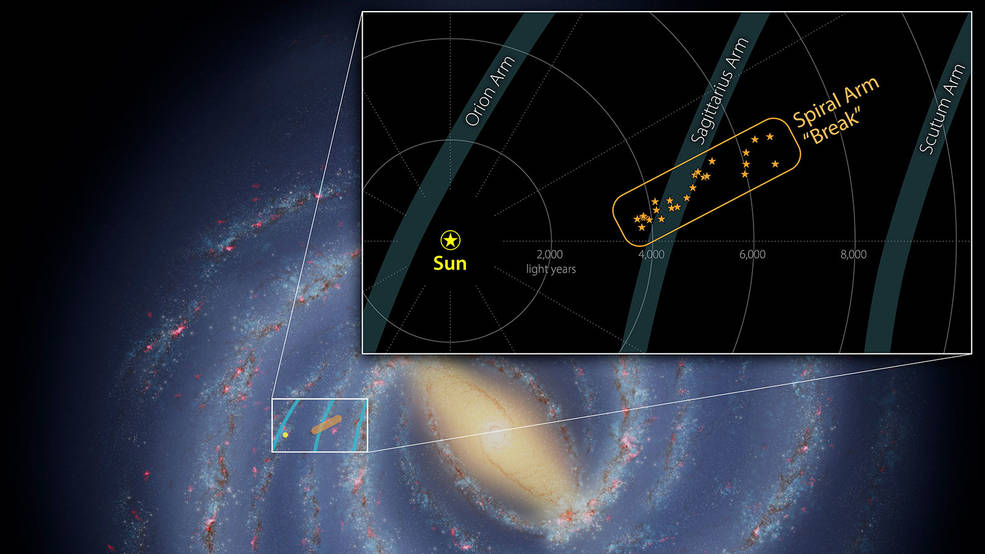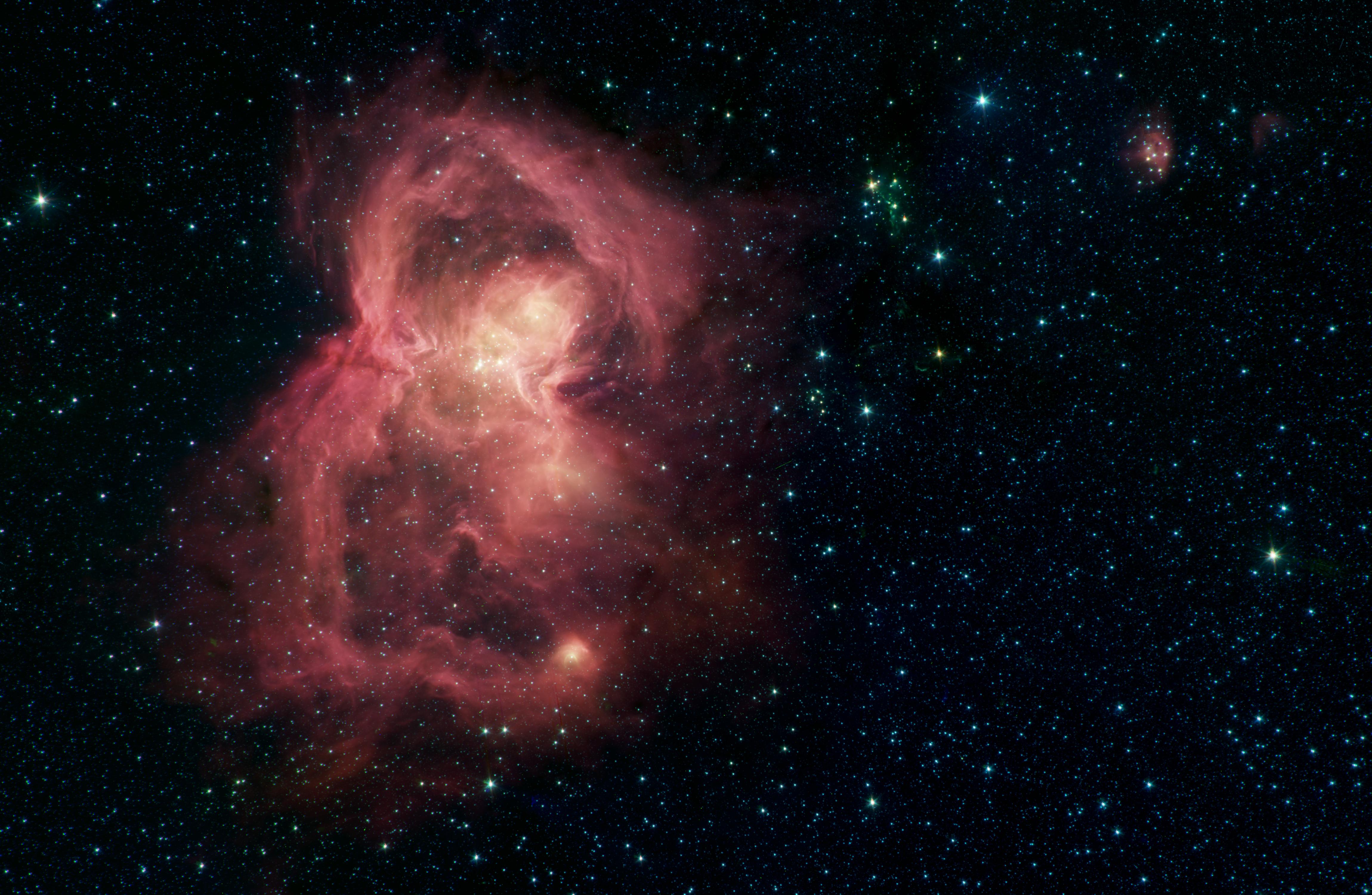


Office: SP3024 in the Spectra building
Mail:
School of Physics, Engineering & Computer Science
University of Hertfordshire,
College Lane,
Hatfield, AL10 9AB,
United Kingdom
✉ e-mail: m.kuhn (at) herts.ac.uk
I am a member of the Centre for Astrophysics Research, where I study star formation using multiwavelength observations (X-ray, optical, infrared, and submillimetre) and employ methods from statistics and machine learning to obtain astrophysical results. I am interested in questions like: "What controls star-formation rates?", "Which star-formation events produce gravitationally bound star clusters?", and "How do stars assemble their masses?"
In astrostatistics, I am interested in statistical modeling, especially mixture models and spatial point processes.
Data Access (117,446 objects): IPAC - query - download full tables - image cutouts
2023 – Webb Study Reveals Earth-like Planets Can Form in Extreme Environments NASA/MPIA press releases
2023 – ESO telescope reveals hidden views of vast stellar nurseries ESO press release
2022 – Outflows from young stars in JWST's Cosmic Cliffs image NASA/STScI press release
2021 – Astronomers Find a 'Break' in One of the Milky Way's Spiral Arms NASA/JPL press release

2020 – Mapping stellar nurseries in the Milky Way write-up at Phys.org
2019 – Image of W40 by JPL featuring my work in the MYStIX project: 'Space Butterfly' Is Home to Hundreds of Baby Stars

2018 – Joint press release by Caltech and ESA about Gaia 17bpi: Young Star Caught in a Fit of Growth and Gaia captures a rare FU Ori outburst
2018 – NASA press release about young "Sun-like stars" in NGC 6231: NGC 6231: Stellar Family Portrait in X-rays
2014 – NASA press release about the discovery of a spatial age gradient in young star clusters: NASA's Chandra Observatory Delivers New Insight Into Formation of Star Clusters
2007 – New York Times coverage of our discovery of a pre-main-sequence binary companion to the star beta Crucis in the Southern Cross: Astronomers May Have Found New Star in Southern Cross